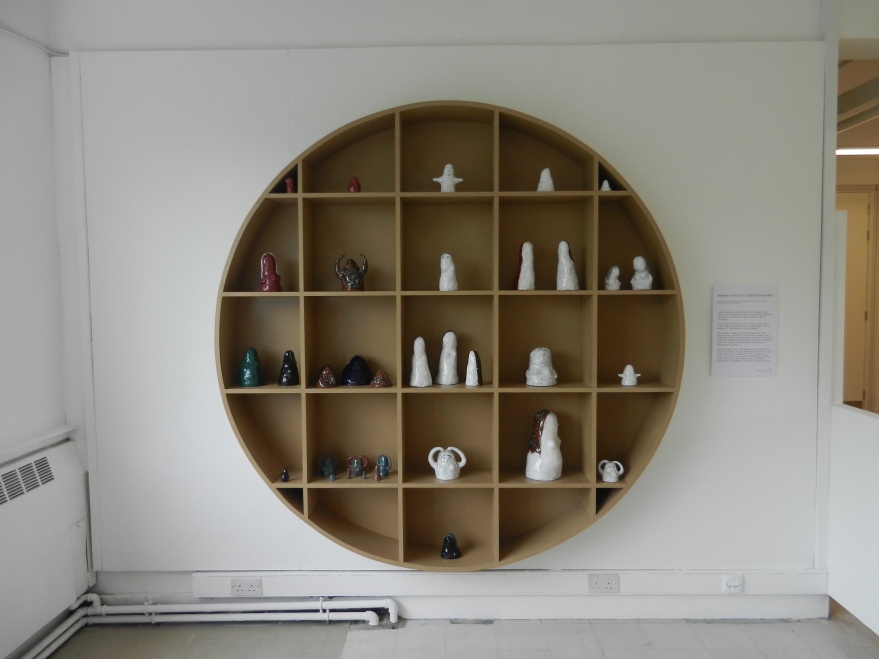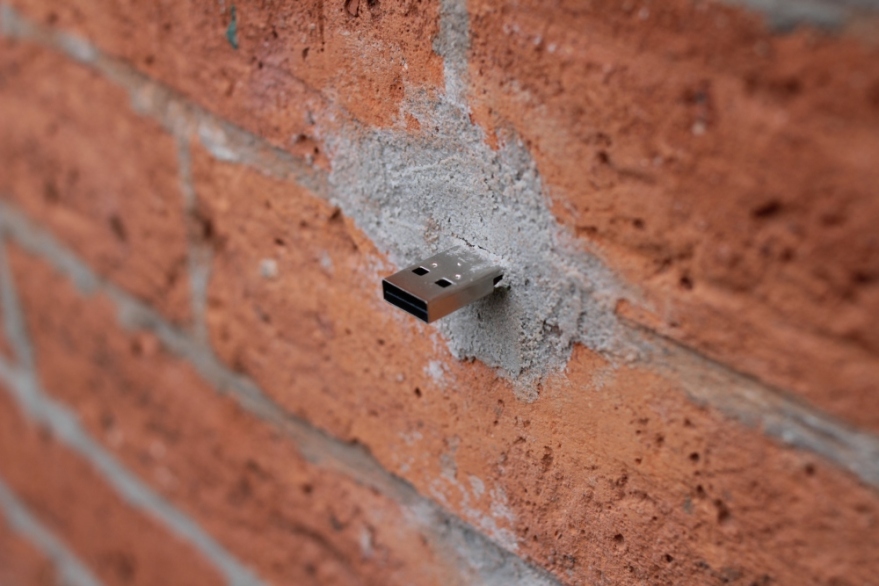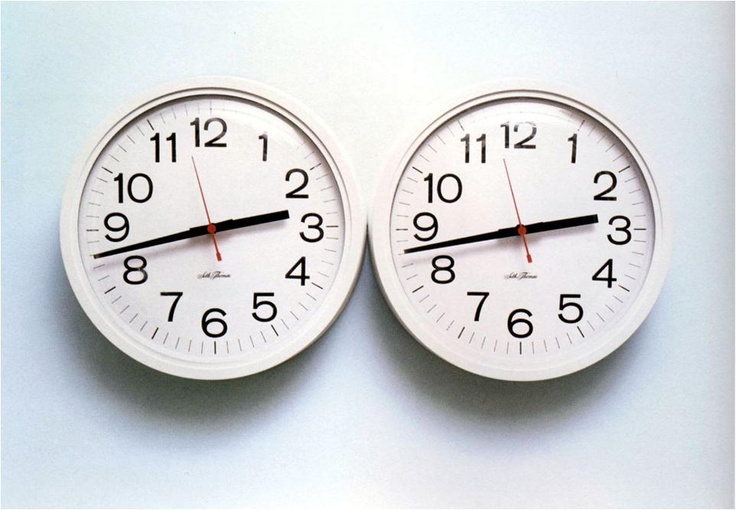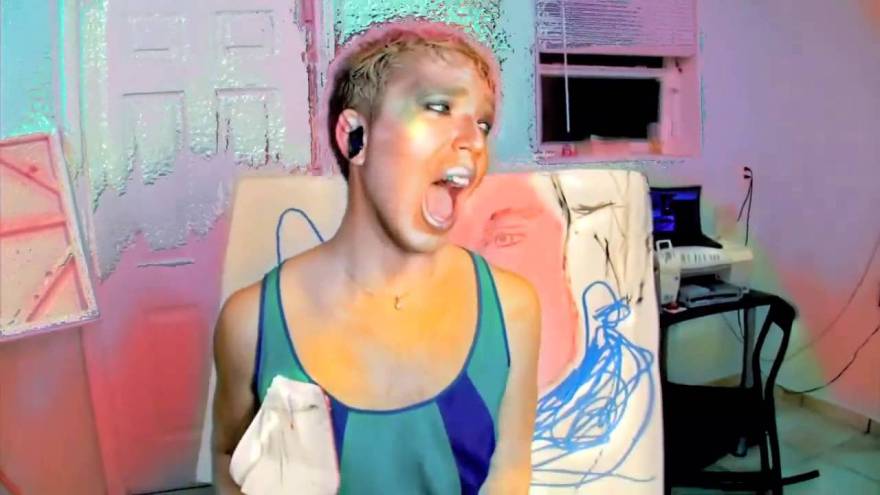16/06/17
I find myself developing a magpie tendency whenever I see a good quote. Whether it’s for personal or academic use, I have a compulsion to document and accumulate them. I always remember my old art teacher having a book of quotes that inspired him. He was a fantastic man, full of energy; who still wore a waistcoat with a pocket watch. I should probably be more religious with my quote gathering and compile them all in one place, as they are currently haphazardly scattered across various notebooks, sticky notes, old receipts and train tickets. Anything I can write on in that moment, I will use to scribble notes. At least I always have a surplus of pens on me as being pen-less is my worst nightmare given I am such an avid note taker.
Although most of the time they are gathered for personal reflection, these are some I thought I would share…
‘To be modern is to find ourselves in an environment that promises adventure, power, joy, growth, transformation of ourselves and the world and at the same time to destroy everything we have, everything we know, everything we are.’
– M. Berman, All That Is Solid Melts into Air, (1982), p.15
This I felt was a very poignant quote; as it is both at once filled with promise and hope, whilst simultaneously filled with tragedy and sadness. It signifies the disrupted and chaotic equilibrium of life. It exposes both the beauty and virtue of humans, whilst also displaying our destructive and careless nature. I think it is also very beautifully written; the more I read the more I am refining and realising my reading taste. I really do love visual language which drips with life. Along with my new found love for Franco ‘Bifo’ Berardi’s writings, I have come across another writer whose texts are truly brilliant. Although he’s an urban geographer in practice, which might appear a boring working title to some, or a tedious field to others, David Harvey is in fact one of the best writers I have come across in a while. His grasp of literature and his ability to convey and discuss his ideas in an engaging manner is enticing. Ignoring for a moment his staggeringly accurate and perceptive analysis of capitalist culture – he coined the term ‘time-space compression’, which discusses the shrinking of temporal and geographical distances as a result of technological and communication advances, see image below – his writing in itself is beautiful and full-bodied, like a good red wine.

A quote of his I discovered recently that struck me:
‘Capital is a process and not a thing. It is a process of reproduction of social life through commodity production, in which all of us in the advanced capitalist world are heavily implicated…The process masks and fetishises, achieves growth through creative destruction, creates new wants and needs, exploits the capacity for human labour and desire, transforms spaces, and speeds up the space of life.’
– D. Harvey, The Condition of Postmodernity, (1989), p.343






























 Ryan Trecartin, Any Ever, 2012, film still
Ryan Trecartin, Any Ever, 2012, film still Hito Steyerl, Abstract, 2012, film still
Hito Steyerl, Abstract, 2012, film still